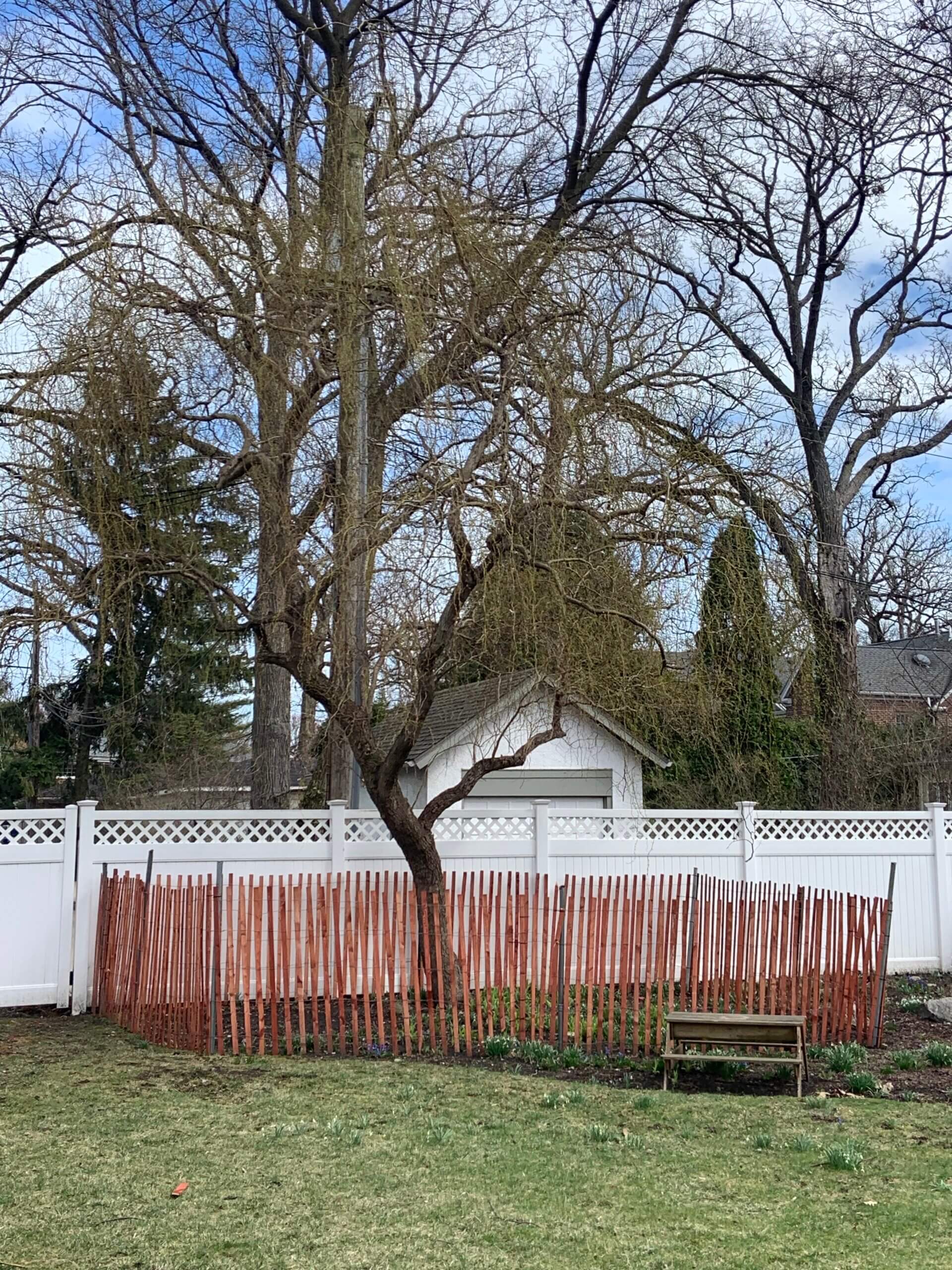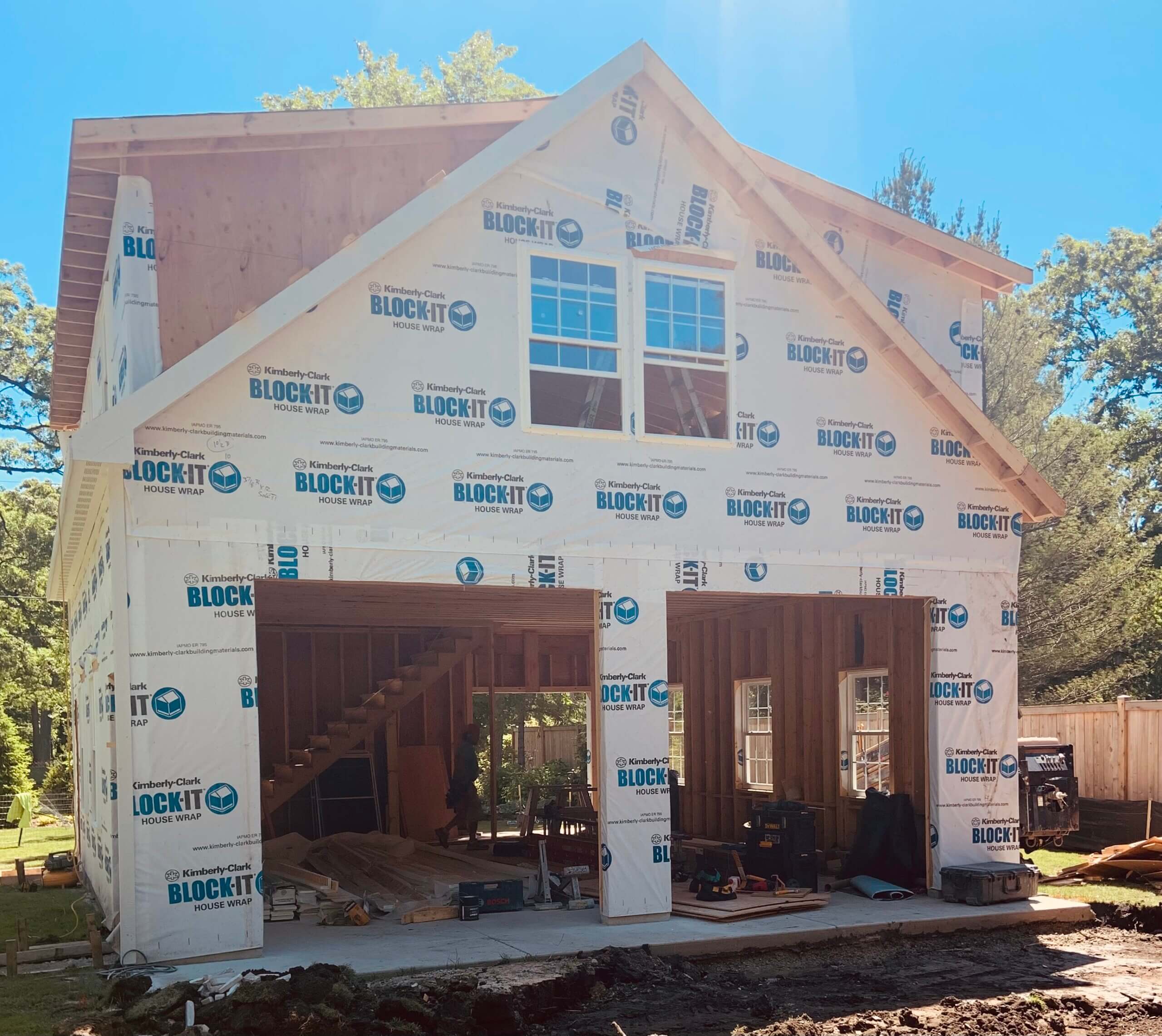
While you may not be aware of a problem with your yard, stormwater runoff is one of those issues your municipality will want to review and may require a change in plans to align with ordinances and existing drainage systems.
Even with the best intentions, the installation of your new garage may redirect stormwater into your neighbors’ yard and possibly create a greater problem than one may realize. It can save a lot of time, and money, to find a contractor who is aware of these potential issues up-front and can incorporate the necessary designs to prevent future issues and costs to you.
There are many decisions to make while designing and constructing your new detached garage: matching the siding and roof to your home, to deciding how many electrical outlets you would like installed.
No one wants to spend the extra resources just to address zoning requirements or code issues, but these regulations have been put into place for good cause.
Therefore, it is necessary that you and your builder abide by those regulations and ordinances and incorporate those features into your design/build.

Stormwater runoff is the precipitation, such as rain or melting snow, that is unable to soak into the ground or evaporate. This water runoff can come from the weather draining off rooftops, driveways, or streets and requires a proper and safe place to collect to avoid creating problems for homeowners.
If your yard is unprepared, the volume of runoff water can overwhelm the current drainage system, thus allowing this water to gather and pool, causing greater problems for a homeowner’s basement and foundation. This can be especially prevalent in older neighborhoods with aging drainage systems.
Aside from flooding concerns to the homeowner, stormwater runoff can become hazardous if not properly directed and managed. As the water makes its way to a drainage source, it collects pollutants such as oils, chemicals from yards, and trash that eventually make their way into the water sources into which the drains feed.
Most neighborhoods have taken steps to provide storm drainage systems and retention ponds to mitigate the runoff. Depending on the current ordinances of your municipality, planting additional trees or vegetation along the part of your yard that tends to gather more of a stream of water would help to absorb that additional precipitation.
It is important to ensure that your gutters and downspouts are working properly and channeling the water they displace appropriately from both your home and garage. If your current structure does not have these features, it may be time to consider them. Just as you would protect your home from water damage it is crucial to do the same for your current investment.
Installing an exterior drainage system, such as a French drain tile would be another option to consider for a more permanent solution to protect both your yard and basement.
At Heartland we understand that the decision to build a new detached garage is not to be taken lightly. From start to finish, our goal is to provide a turn-key experience for our customers, from planning and permitting to your final inspection.
If you are interested in a free consultation and estimate, contact Heartland Garage Builders at 224-326-2698 or HeartlandGarageBuilders.com


